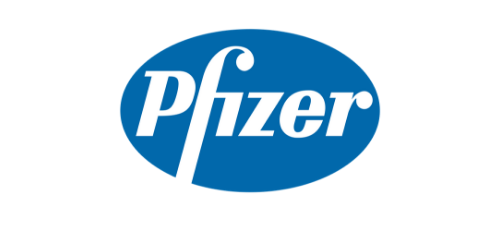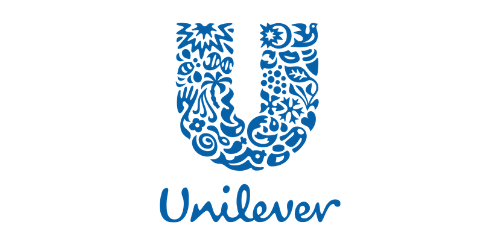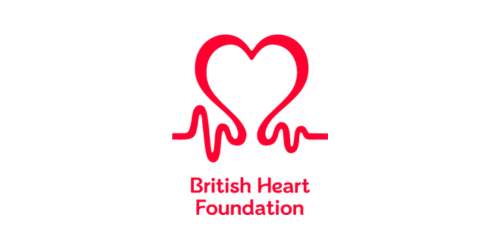In the fast-paced world of business, effective team building strategies are essential. Without a clear plan, organisations risk wasting time, money and resources – and worse, developing dysfunctional teams that hinder performance and profitability.
While teamwork is often seen as a basic concept, the reality of team dynamics is far more complex. Building a high-performing team requires discipline, consistency and a strategic approach. Without these foundations, even the most talented individuals can struggle to work effectively together.
The True Nature of a Team
A successful team is built on unity – individuals working collaboratively towards a common objective. But when challenges arise, that unity can quickly unravel. Blame replaces accountability, communication breaks down, and performance suffers.
To avoid this, companies must understand how teams naturally evolve – and how to support them through each phase.
Understanding Team Development: The Tuckman Model
Dr. Bruce Tuckman’s widely recognised model outlines four distinct stages of team development:
Forming – The team is newly formed, and members look to leadership for structure and clarity.
Storming – Conflicts emerge as roles are defined and opinions differ. This phase is crucial for trust-building and alignment.
Norming – The team begins to gel, establishing shared values, expectations and working relationships.
Performing – A high-performing, self-directed team emerges, operating with autonomy and mutual trust.
Team building can and should happen at all stages, but the Norming phase is particularly powerful. At this point, trust is growing, and the team is ready to embed stronger habits and higher performance standards.
Importantly, many organisations unintentionally skip the Storming phase due to discomfort around conflict. However, facing and resolving tension is essential to build trust and psychological safety – key ingredients of any high-functioning team.
In times of organisational change, teams often revert to earlier stages of development. A strong team building strategy can help navigate transitions and re-establish cohesion.
Leadership’s Role in Motivation and Engagement
In the corporate world, the distinction between managing and leading is critical. Management focuses on ensuring tasks are completed; leadership inspires people to want to achieve shared goals.
Great leaders create a compelling vision that resonates with employees’ values and aspirations. Team building helps bring that vision to life – by strengthening bonds, clarifying roles, and reinforcing a collective purpose.
The Murphy Model offers insight into what motivates employees:
- 60% of motivation is tied to external rewards like salary, benefits and perks.
- 20% comes from advancement opportunities such as promotions or bonuses.
- The remaining 20% is intrinsic – the desire for autonomy, mastery and purpose.
This final element is often the differentiator in creating teams that don’t just perform well but thrive. Companies that fail to address it may see drops in engagement, innovation, and retention – all of which impact the bottom line.
Making Team Building Work in a Corporate Setting
To be effective, corporate team building must be strategic, goal-driven and tailored to your people. Here are several best practices:
Ensure relevance – Start with clear objectives and expected outcomes. Engage with team leaders and participants beforehand to align goals. Use assessment tools to understand the team’s current stage and measure impact over time.
Customise content – Tailor programmes to suit the team’s unique needs and desired outcomes. Use data to choose the right mix of activities, learning models and tools.
Create a follow-up strategy – After the session, analyse insights and define specific actions for improvement. Continue to check in with the team and adjust plans as needed to sustain momentum.
Crucially, team building should not be seen as a one-off event. It’s a long-term investment in the people who drive your business forward.
Measuring What Matters
Any successful team building initiative must be measured. Performance assessments before and after training help determine what’s working and what needs to change. By aligning development activities with the team’s current stage, businesses can maximise engagement and impact.
This measurement process should be ongoing, forming part of a wider talent development strategy. High-performing teams are not built in a day – they are cultivated over time through consistent effort and insight.
The Business Case for Team Building
When implemented correctly, team building delivers tangible business benefits – from improved collaboration and communication to increased innovation and profitability.
For employees, it offers the chance to find meaning in their work, develop skills and build stronger relationships. For businesses, it enhances operational efficiency, employee retention and overall performance.
The takeaway? High-performing teams drive profit. But they don’t happen by chance – they require structure, support and a strategy that’s measured for impact.










































